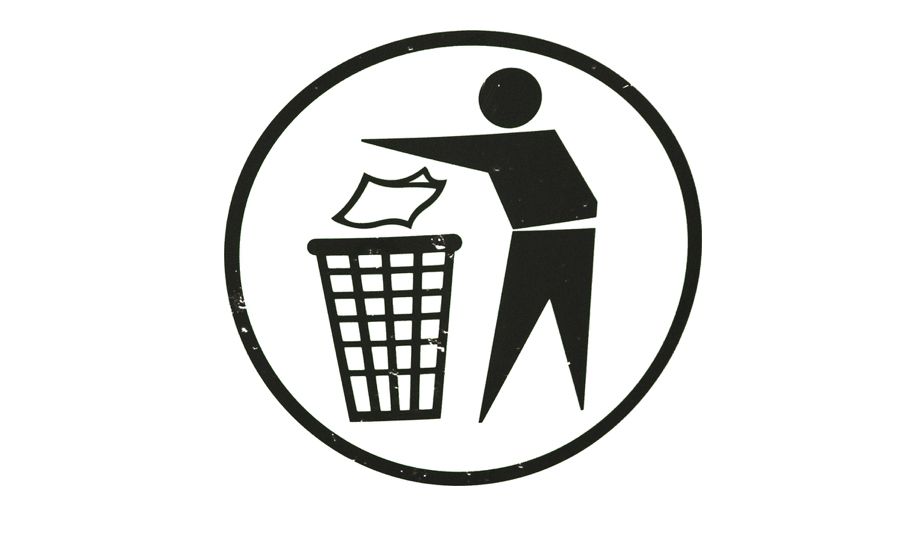The E-waste Problem and How The Blockchain Could Solve It

The Problem
So exactly what is a blockchain? Has the technology been successfully adapted anywhere in the recycling industry? How could it be adapted for recycling e-waste?
What The Blockchain Is
Because of the unique signature and other processes for security, the information contained in these blocks is nearly impossible to corrupt.
Has the Blockchain Been Successfully Adapted to Recycling in General?
Their waste management was streamlined and the company saved more than $2,300 (U.S.) in operating expenses. This was accomplished with a pilot program.
How Could Blockchain Be Adapted For Recycling E-Waste?
There is something about specific data that can move a person or a company to act when that data puts them on the spot. If a landfill has a pile of e-Waste and has done nothing with it, the blockchain will tell you why. Again, bringing accountability to the table.
Conclusion



